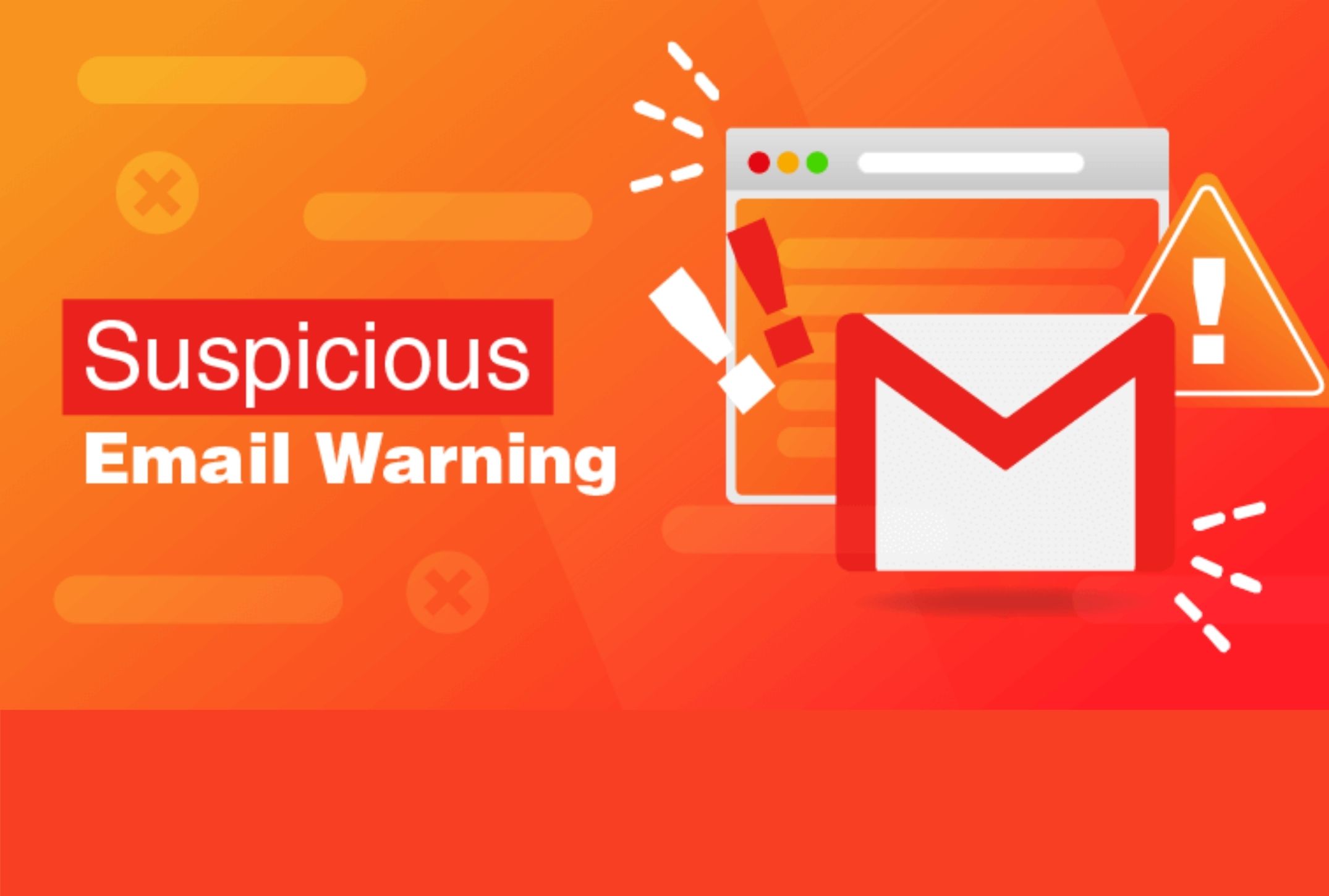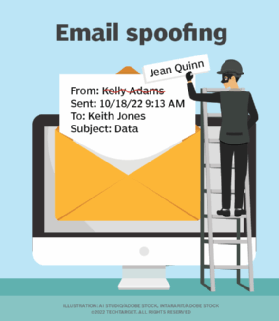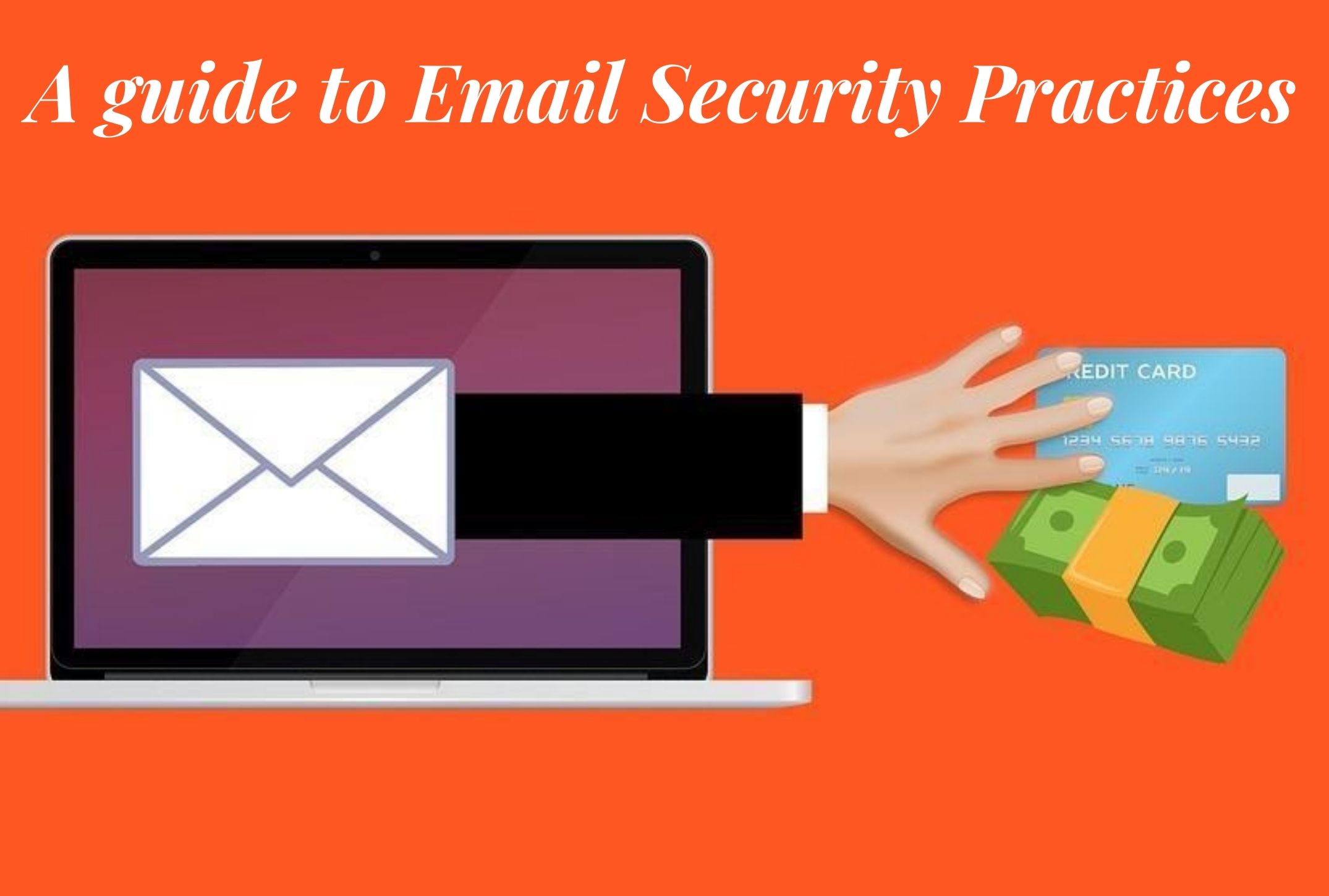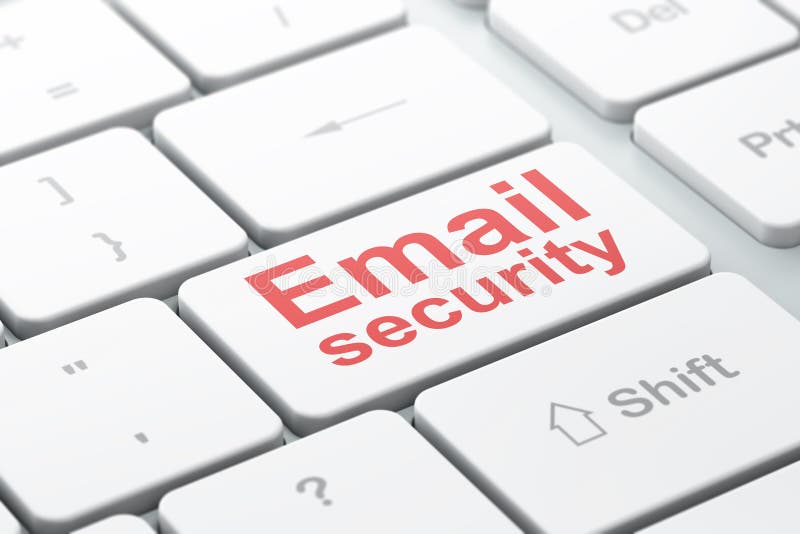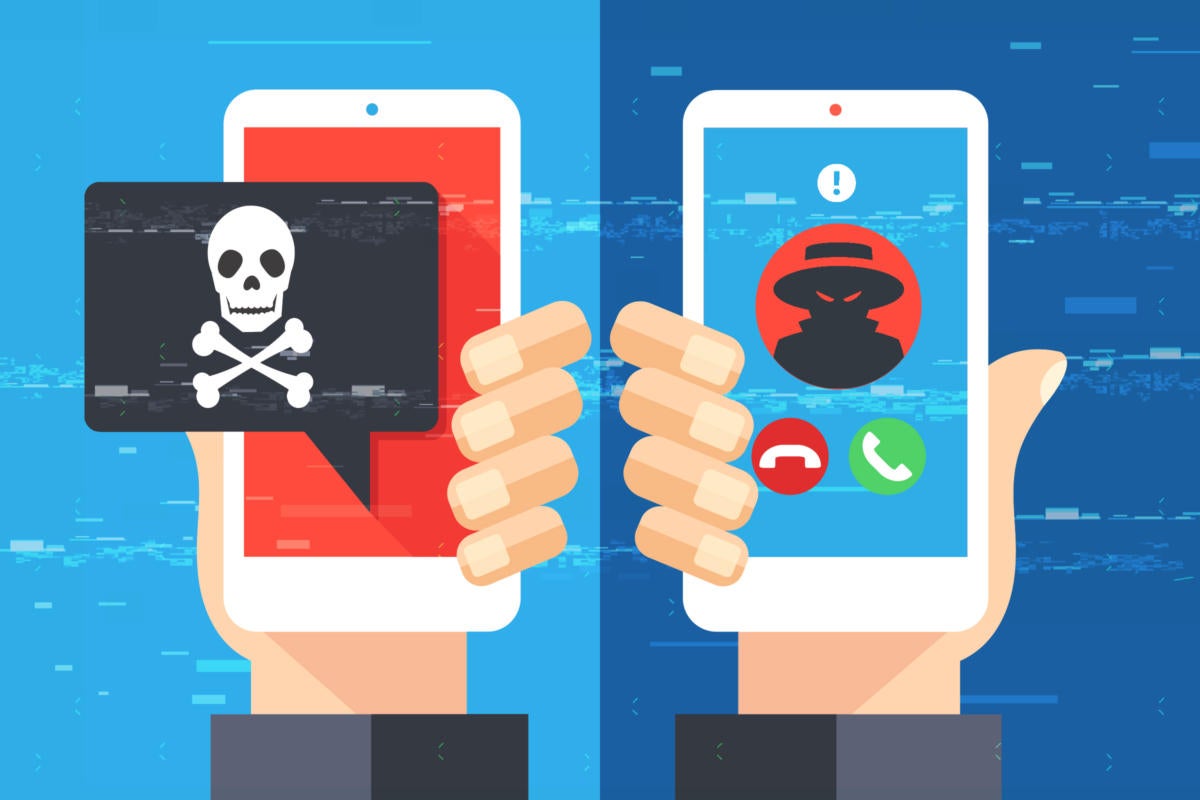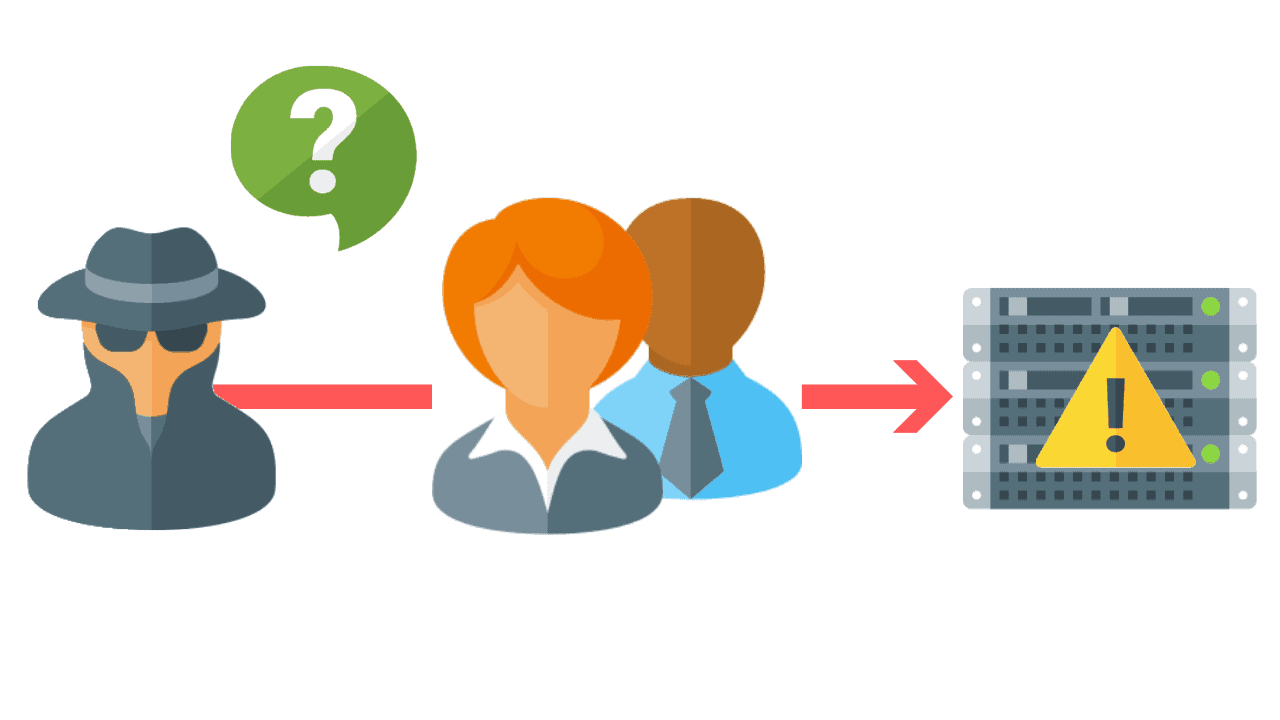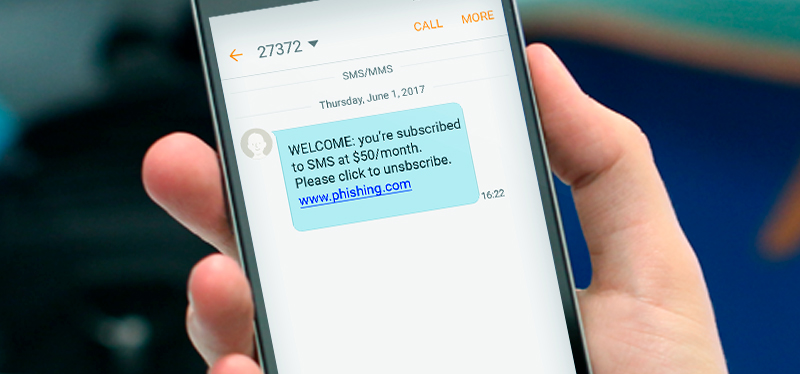These cybercriminals disguise themselves as legitimate sources to dupe email recipients. They use enticing email subject lines or message content to trick recipients into responding by either clicking a malicious link or opening attachments. Or just simply provide their sensitive information to these cyber threat actors.
The most common types of phishing emails are Business Email Compromise (BEC) attacks, spear phishing, whaling, pharming, etc. To prevent falling victim to such phishing attacks, it is important to implement cybersecurity solutions.

Cybersecurity Practices to Mitigate Email Phishing Attacks
Employee Education
The first and the foremost step to stay secure against email phishing attacks is user awareness. Employees play a major role in the cybersecurity chain of an organization. Also, they are the most vulnerable link in cybersecurity and hold access to confidential information of your organization.
Therefore, turn your employees into the strongest link by educating and training them with security awareness training. Use the best in class security awareness training tools that offer phishing simulation to give your employees a real-life cyber attack experience. This would not only help them in recognizing email-based attacks but would also help in analyzing their vulnerability level.
The Dos and Don’ts
Beware of unsolicited or suspicious emails landing in your inbox. Often unexpected emails grab the attention of users by creating a sense of urgency to respond. It is better to pay attention to such emails and take precautionary measures while opening them.
For instance, if you receive an unexpected email from a known sender address, ask them personally via a different mode of communication regarding the received email. Do not click on links or attachments before verification.
Report Phishing Emails
Phishing emails mainly contain grammatical errors and spelling mistakes that can be hard to detect. They either come from odd sender addresses or manipulated legitimate email addresses. Even some phishing emails can claim to be from your bank or government organization, asking for your financial details.
It is essential to have a phishing incident response tool to learn whether the suspicious-looking email received is authentic or not. You can also get to know about the subtle manipulations done in the email by cyber threat actors by reporting on the tool.
Email Encryption
Make sure to keep your email content secured by encrypting sensitive information. Cyber threat actors are upgrading their techniques to launch phishing attacks with evolution in technology.
There are various hacking strategies that can let these cyber threat actors sniff your email content for sensitive information or message alteration. To avoid any information leak, it is better to encrypt the confidential information in the email content.
Email Domain Security
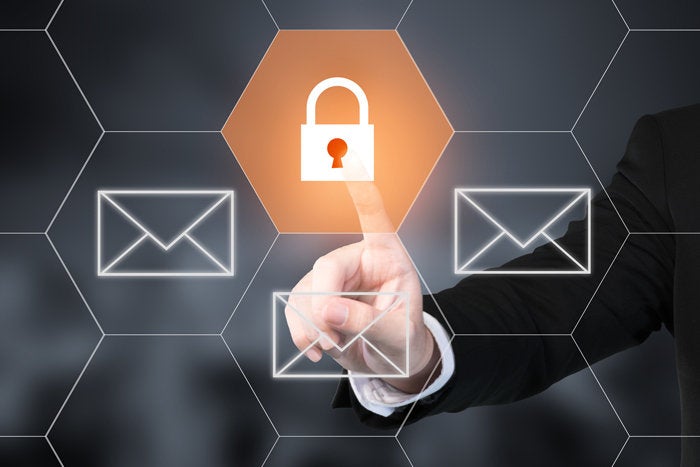
Did you know that outbound emails can be manipulated by adding malicious attachments during the email delivery process? In fact, cybercriminals can spoof your email address to send malware-laden emails on your behalf to your clients or business associates.
Therefore, it is highly crucial to ensure that all your emails are being delivered securely and your email reputation is maintained. To do so, secure your email domains with vital email authentication protocols. Implementation of DMARC record, DKIM record, and SPF record in the DNS safeguards your email domain against email spoofing and BEC attacks.
Multi-factor Authentication
Enable multi-factor authentication to protect your account against unauthorized access. If someone else gets hold of your passwords, this authentication standard notifies you of unauthorized login or suspicious activities happening from a device other than yours.
It sends a security code to your email account, phone, or other authenticator apps whenever your email account is accessed from unknown devices.
Stay Up-to-date
Phishing attacks are deployed using social engineering tactics. Cybercrooks and cybercriminals trick users into revealing their confidential information through various manipulative ways.
These malicious practices involve scareware, baiting, pretexting and much more. Keep yourself updated with what cybercriminals are up to and about their new social engineering attacks.
With these preventive cybersecurity measures, you can stay secure from phishing attacks. Experience a cyber-resilient working environment in your organization by implementing and putting into practice these cybersecurity solutions.
